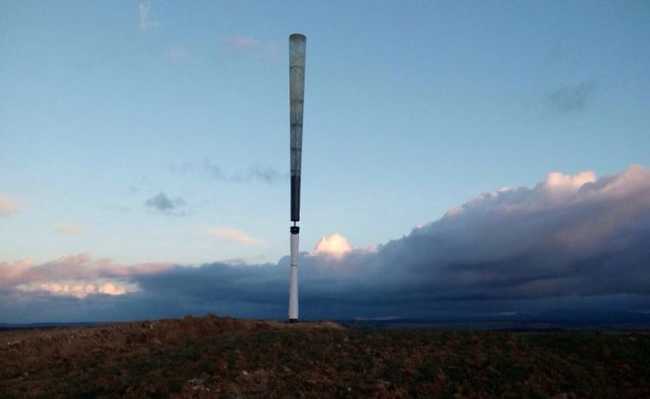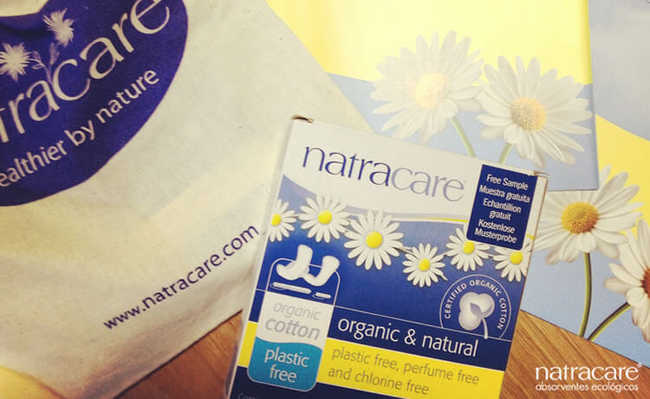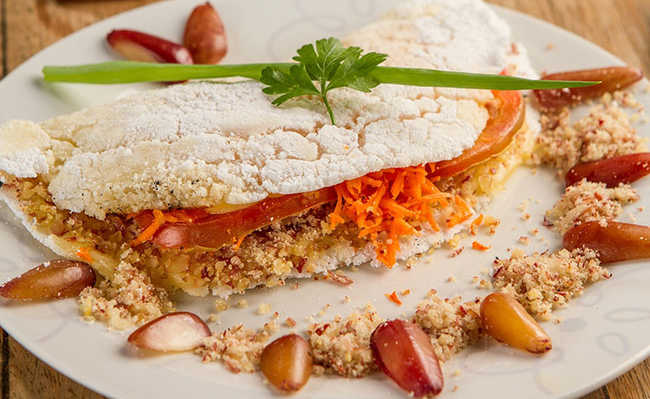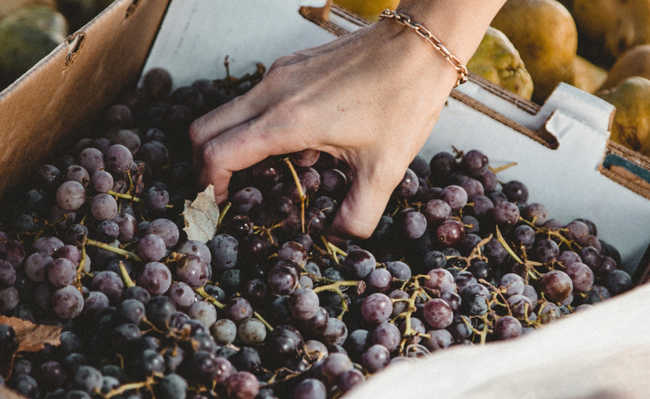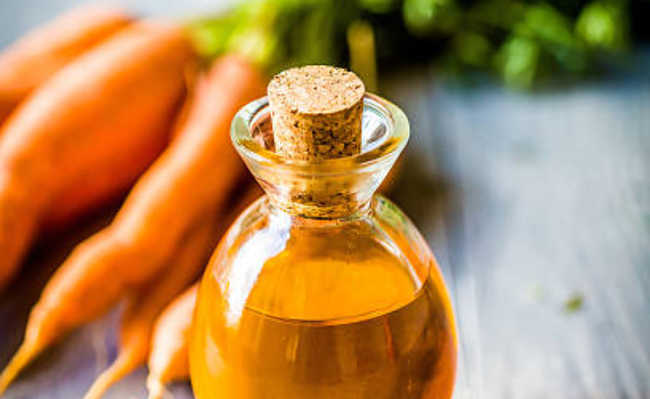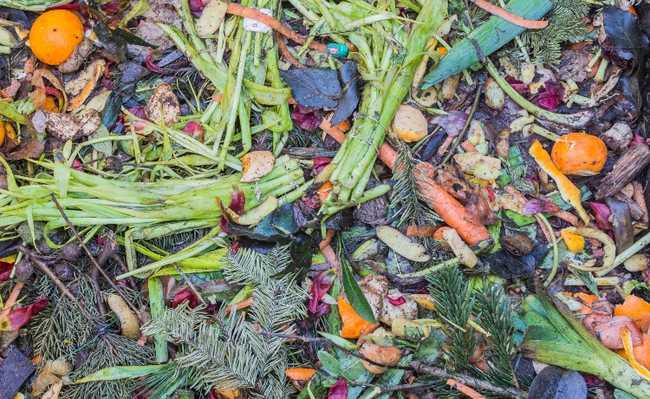Aquafaba: benefits, recipes and how to do it
Aquafaba started to receive attention in 2014, when a French chef discovered that it could be used in a variety of recipes.

Edited and resized image of Mangostaniko is in the public domain and available on Wimedia Commons
Aquafaba is a term referring to the words "water" and "faba" (from beans). It is made from the cooking water of legumes such as beans, chickpeas and lentils, and is very famous in vegan cuisine and used as an egg substitute in the preparation of "white" in snow.
- Chickpea Flour: Benefits and How to Make It
These legumes are rich in starch - a form of energy storage found in plants made up of two polysaccharides called amylose and amylopectin. When vegetables are cooked, the starches absorb water, swell and eventually break down, causing amylose and amylopectin, along with some proteins and sugars, to penetrate the water. This results in the viscous liquid known as aquafaba.
Aquafaba started to receive attention in 2014 when a French chef discovered that it could be used in recipes as an excellent substitute for egg whites and as a foaming agent.

Edited and resized image of Mangostaniko is in the public domain and available on Wikimedia Commons
nutritional properties
As aquafaba is a relatively new trend, there is little information about its nutritional composition. According to aquafaba.com, a tablespoon (15 ml) contains three to five calories, with less than 1% coming from protein. It may contain traces of certain minerals such as calcium and iron, but not enough to be considered a good source.
While there isn't much reliable nutritional information about aquafaba, more details about its health benefits may be available in the future as it becomes more popular.
Importantly, although aquafaba is an excellent egg substitute for those with food restrictions and food allergies, it is not a good source of nutrients and cannot compete with the nutritional content of eggs or dairy products. One analysis suggests that aquafaba is extremely low in calories, protein, carbohydrates and fat, and contains little or no vitamins or minerals.
How to use aquafaba
replace the egg
Giving preference to foods of plant origin, in addition to being a more sustainable attitude, in many cases, avoids animal suffering. In this context, aquafaba is a great egg substitute.
Although it is most commonly used as a substitute for egg white, it can also be used to replace whole eggs and yolks, providing the same result as eggs in baked, cake and other recipes. Brownies.
It can be used to make mayonnaise, cocktails, meringues and other delicious, vegan and hypo-allergenic desserts such as marshmallows, mousse and macarons.
Three tablespoons (45 ml) of aquafaba replaces one whole egg and two tablespoons (30 ml) replaces one egg white.
replace the milk
Vegans, people with lactose intolerance or those who want to avoid greater exposure to pesticides (milk and non-organic animal derivatives have more bioaccumulated pesticides than non-organic vegetables) can use aquafaba instead of milk or butter in many recipes without affecting the texture or taste of food.
To make butter, for example, combine aquafaba with apple cider vinegar, coconut oil, olive oil and salt.- 12 benefits of apple cider vinegar and how to use it
- Coconut oil: benefits, what is it for and how to use it
- Benefits of different types of olive oil
When beaten, the aquafaba turns into a Chantilly used by some baristas to add signature foam to cappuccinos and lattes.
It's great for people with PKU
Aquafaba's low protein content is an excellent choice for people with phenylketonuria, commonly known as PKU. PKU is an inherited disorder that leads to very high blood levels of an amino acid called phenylalanine. This disease is caused by a genetic mutation in the gene responsible for producing the enzyme needed to break down phenylalanine.
If blood levels of this amino acid get too high, it can result in brain damage and lead to severe intellectual impairment. Amino acids are the building blocks of protein, and protein-rich foods like eggs and meat are rich in phenylalanine.
PKU sufferers should follow a very low protein diet to avoid foods that are rich in phenylalanine. This diet can be extremely limiting, and finding low-protein replacements is a challenge.
Aquafaba can be an excellent choice for people with PKU as it can be used as a low-protein egg substitute.
How to make and use aquafaba
It's easier to get aquafaba from canned chickpeas. However, it is healthier to use water from the chickpeas that you have cooked yourself. Thus, in addition to avoiding likely preservatives and excess sodium in canned goods, you possibly reduce exposure to bisphenol, a harmful substance present in canned goods.
To use the first method, simply drain the can of chickpeas over a strainer, reserving the liquid. You can then use this liquid in a variety of sweet and savory recipes, including:
- Meringue: Beat the aquafaba with sugar and vanilla to form an egg-free meringue. You can use this for topping pies or making cookies;
- As an egg replacer: Use it as an egg replacer in recipes like muffins and cakes;
- Pasta ingredient: replace eggs with aquafaba beaten in pizzas and bread recipes;
- Vegan Mayonnaise: Mix aquafaba with apple cider vinegar, salt, lemon juice, powdered mustard, and olive oil to make dairy-free vegan mayonnaise;
- Vegan Butter: Mix aquafaba with coconut oil, olive oil, apple cider vinegar and salt to create a dairy-free butter;
- Macarons: Replace egg whites with beaten aquafaba to make eggless coconut macarons.
As aquafaba is a recent discovery, new ways to use this interesting ingredient are being discovered every day, you can start testing it yourself. But remember to store it the same way you would store raw egg whites, leaving it in the fridge for a maximum of two to three days.
Adapted from Jillian Kubala

